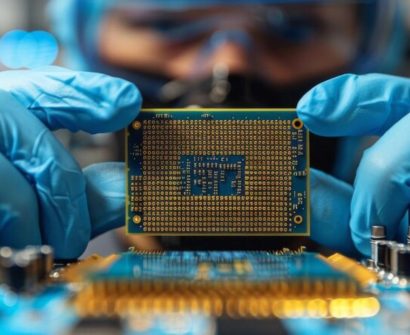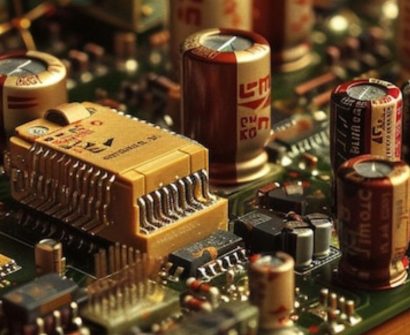
Introduction: Preparing for a VLSI (Very Large Scale Integration) interview can be a challenging yet rewarding experience. Whether you are a recent graduate looking to kickstart your career in semiconductor design or an experienced professional seeking new opportunities, a thorough understanding of VLSI interview questions is essential. In this comprehensive guide, we will delve into the world of VLSI interview questions, providing you with insights, tips, and a range of sample questions to help you ace your next VLSI interview.
1. Understanding the Basics: Before diving into specific VLSI interview questions, it’s crucial to have a solid foundation in the basics of VLSI design. This includes knowledge of digital and analog circuits, semiconductor fundamentals, and the VLSI design flow. Be prepared to discuss your educational background and practical experience.
2. VLSI Interview Categories: VLSI interviews typically cover a wide range of topics, including:
- Digital Design: Questions related to digital logic design, sequential and combinational circuits, finite state machines, and RTL (Register-Transfer Level) design.
- Analog Design: Questions on analog integrated circuit design, including transistor-level design, amplifiers, voltage references, and operational amplifiers.
- Physical Design: Topics such as floor planning, placement, routing, and clock tree synthesis are often covered in interviews for physical design positions.
- Verification: Questions related to simulation, verification methodologies (like UVM), and debugging techniques.
- ASIC and FPGA: Expect questions on the differences between ASIC (Application-Specific Integrated Circuit) and FPGA (Field-Programmable Gate Array) design, as well as their advantages and disadvantages.
- EDA Tools: Familiarize yourself with Electronic Design Automation (EDA) tools commonly used in VLSI design, such as Cadence, Synopsys, and Mentor Graphics.
3. Sample VLSI Interview Questions: Let’s explore some sample VLSI interview questions to give you a sense of what to expect:
- Explain the differences between synchronous and asynchronous sequential circuits.
- What is setup time and hold time in flip-flops? How do they impact timing analysis?
- Describe the working principle of CMOS transistors and their use in digital design.
- How do you optimize power consumption in VLSI circuits?
- What are the main steps in the physical design flow of an ASIC?
- Discuss the challenges of clock domain crossing (CDC) and strategies to address them.
- Explain the concept of metastability and how it can affect flip-flop behavior.
- Compare RTL and gate-level design, highlighting their advantages and disadvantages.
- What are the key differences between simulation and emulation in verification?
4. Interview Tips:
- Research the company and understand the specific role you’re applying for.
- Practice problem-solving and critical thinking to tackle complex design questions.
- Brush up on your knowledge of industry-standard EDA tools.
- Be ready to discuss your past projects and experiences in detail.
- Prepare questions to ask the interviewer, demonstrating your interest and engagement.
Conclusion: VLSI interviews can be challenging, but with proper preparation and a solid understanding of the fundamentals, you can confidently navigate through them. This comprehensive guide should serve as a valuable resource in your quest to land your dream job in the dynamic world of VLSI design. Remember to stay updated with industry trends, practice regularly, and approach each interview as an opportunity to showcase your expertise and passion for VLSI technology. Good luck!






